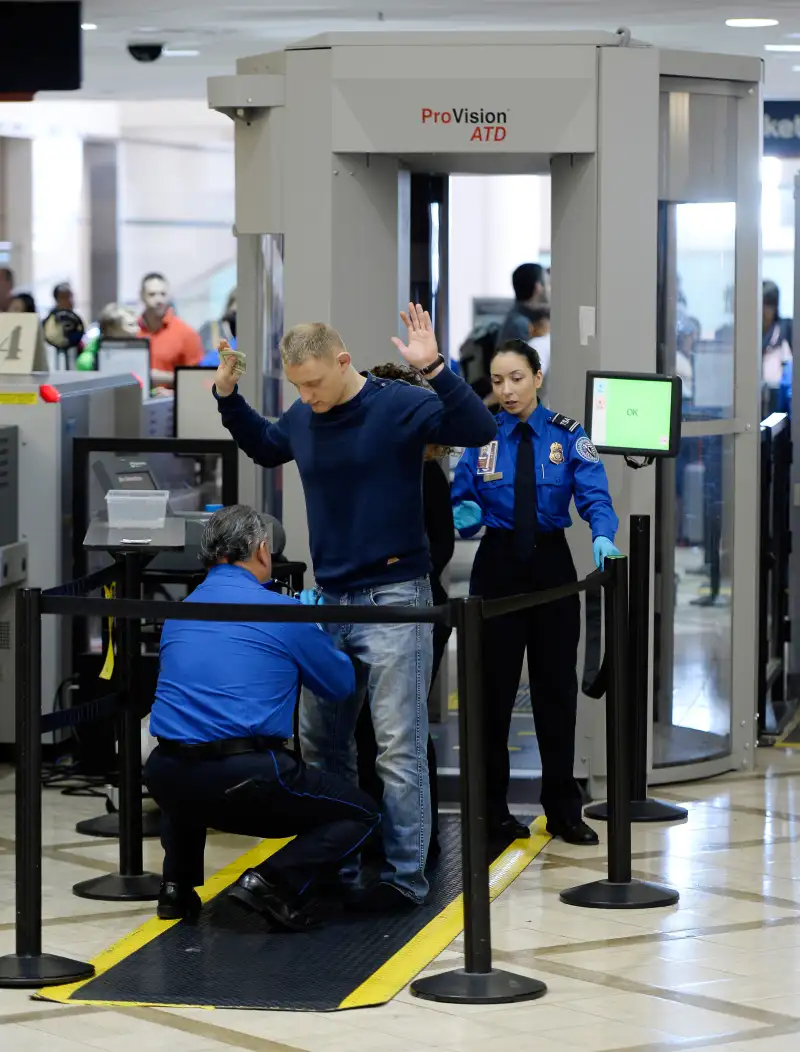The New TSA Fee Should Change the Way You Book Flights

As of July 21, the TSA's September 11 Security Fee structure has been changed, and all travelers flying within the U.S. will be paying more every time a flight is purchased. Passengers on nonstop flights must now pay $5.60 each way, up from $2.50, so therefore the TSA fee on a basic round trip consisting of two nonstop flights is $11.20, up from $5. Unfortunately, there's no getting around that fee hike, which amounts to a 124% increase. The fees are automatically tacked onto the price of airfare.
In the past, fliers on nonstops paid less in fees than travelers on connecting flights: $5 for a round trip, versus $10. Now everybody pays $11.20, regardless of connections. So in addition to nonstop flights being superior in terms of saving time and avoiding possible delays and missed connections, there was the added bonus of saving a few bucks on the TSA fees.
Now that little bonus is gone.
Even so, it's almost always still best to go with a nonstop, if possible. Sure, delays and technical troubles can happen on nonstops, but travelers are far more likely to encounter such hassles on connecting flights. With recent airline mergers, carriers have slowly been getting rid of the old hub-and-spoke systems at the same time they've been trimming back the overall number of flights. As a result, passengers are generally more likely to find nonstop flights to their destination of choice and more likely to run into extra trouble on connecting flights. (It's less likely there will be another flight behind the one you missed, and even if there is it probably doesn't have enough extra seats.)
By going nonstop, passengers also rule out the risk of being forced to pay extra TSA fees on connecting flights with unusually long layovers. In the past, budget travel experts sometimes recommended looking into flights with extra-long layovers as a tactic for saving money. The new TSA fee structure makes that strategy a little less worth the hassle. Now, if a connecting flight has a layover of four or more hours, fliers must pay $5.60 for each leg of the journey. So for a flight from, say, Providence to Los Angeles with a five-hour layover in Dallas, a passenger would pay $11.20 in TSA fees, as opposed to $5.60 to a passenger booked on a nonstop or on a connecting flight with a more reasonable layover wait.
Airfarewatchdog.com founder George Hobica gave the Arizona Republic an example of a recent flight deal that would be affected: $197 for a winter season round trip from Newark to a choice of destinations in the Caribbean. "The catch," the article explained, is that "travelers had to stay overnight in Miami in both directions." So their layover would obviously be more than four hours—so they'd get hit with double the usual fees.
Fliers booking multi-stop itineraries—usually for business purposes, but not necessarily—will also feel the impact of the new fee structure more so than others, as they'll have to pay at least $5.60 for each leg of the journey, rather than as little as $2.50 in the past. Depending on the traveler, number of stops on the itinerary, and the reason for the trip, this might not necessarily be a deal breaker. But it absolutely should factor into the decision making process.
